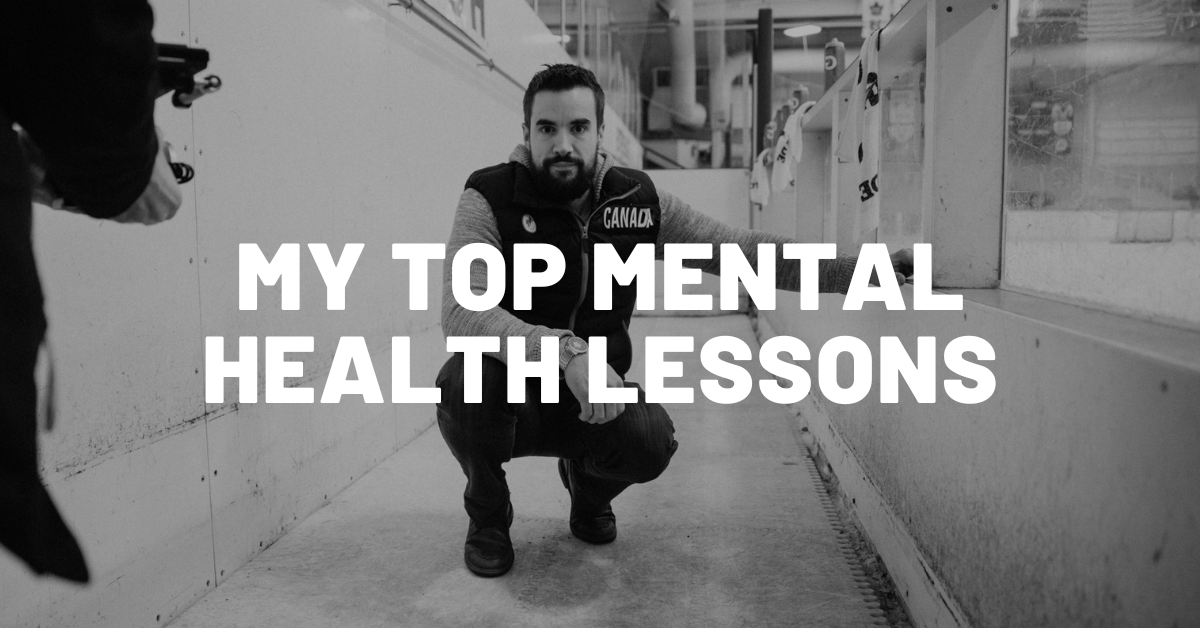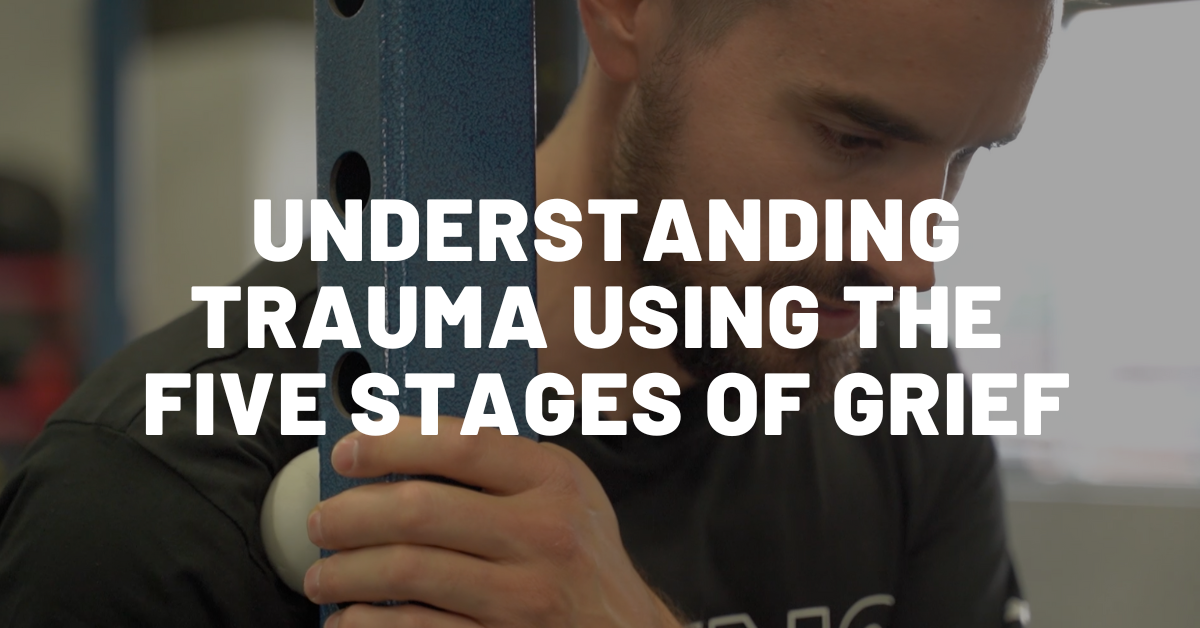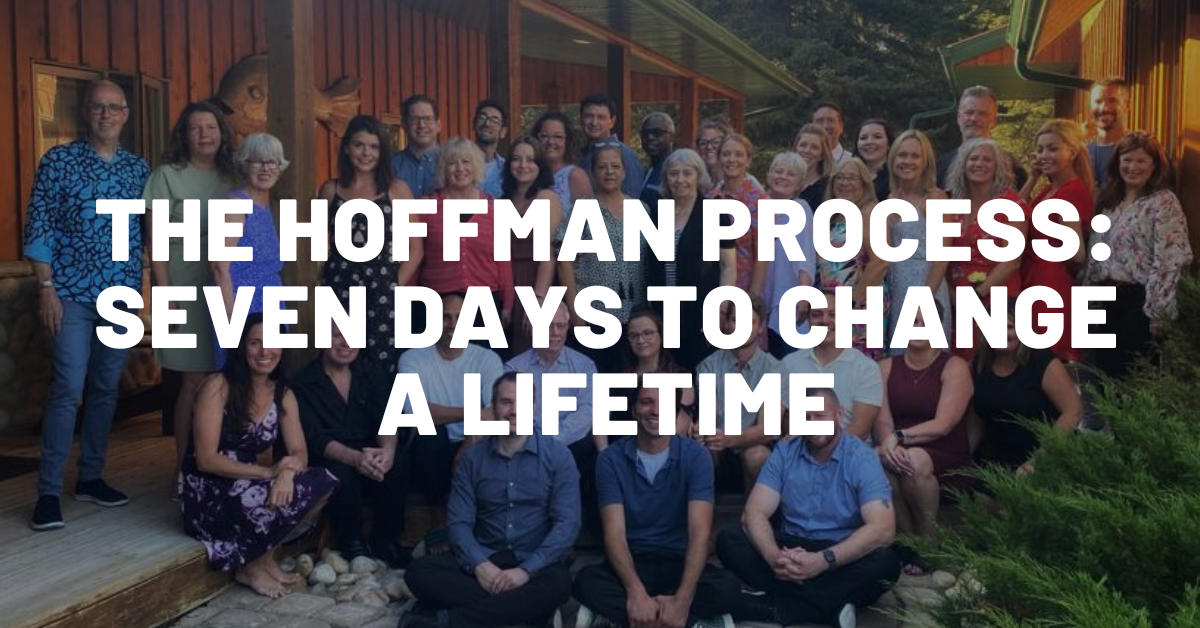As 2021 looks to be another virtual year, many organizations have done a great job of pivoting to supporting employees in remote work.
Teams are operating at a functional speed. Some employees are thriving in this new environment.
However, even for those who do thrive while working from home, it is a constant battle to encourage employees prioritize their self-care and support their wellbeing.
Recently, I have helped several leaders kicking off their 2021 wellbeing initiatives as their opening or closing keynote speaker, and are looking for practical tools and solutions (like those inside of The Resilience Toolbox) to encourage employees to have confidence in saying “no” and learn how to maintain their personal boundaries.
According to the most recent Morneau Shepell Mental Health Index Report,
“The proportion of the working population with burnout risk tripled in 2020 compared to 2019.”.
– Morneau Shepell Mental Health Index Report, January 2021
Previously, I wrote an article about How to Stop Saying Yes and Get Back In Control which focused on the principle of “Stop throwing logs on the fire”, but what if you aren’t in control of how many logs get thrown on the fire?
What do you do when the work just keeps coming for you and for your team?
Building on that theory, here are five tips to help you learn How to Say “No” and Maintain Your Boundaries.
Time Block
Now, it may seem obvious that since we are no longer accountable to traffic, gym appointments, and meeting in person, that we must take control of our calendar while working from home.
However what I find most frequent in the workshops that I deliver, is that employees will tend to time block their professional life, but not time block their personal life.
When I became a full time entrepreneur in 2016 running the Sledge Hockey Experience, I was living the dream, working for home on my own schedule and could do whatever I wanted.
I wasn’t accountable to anyone!
But that quickly caught up to me and I was burning out, until one day I was spoke with my mentor and he said “Live by your calendar. Time block everything!”.
He said that if personal time is not in the calendar, it doesn’t happen. So, from that day forward, I started to time block my gym, my friends, my downtime.
When we time block, it helps give us a visual to refer to, making it easier to stick to our goals.
Today, I do leave some gaps for flexibility, but if you find yourself struggling to maintain your boundaries, time block your personal time so you know what the plan is for you!
If you find yourself struggling to maintain your boundaries, time block your personal time so you know what the plan is for you! Share on XPrepare An Answer In Advance
Early in my entrepreneurial journey, I had a difficult time saying “No”.
Perhaps today it is not wanting to let other people down. For me, it was that I didn’t want to “miss an opportunity”.
Regardless, one of the best pieces of advice I ever heard was to prepare an answer in advance to buy you some time.
The phrase that helped me the most was “Yes, but not right now!”.
“Yes, but not right now.”, will allow you to give an immediate response but acknowledge that “It’s a no” at the moment, and maybe we can revisit this down the road.
After time blocking, I also have found helpful to say to myself things like “I am going for a walk.”, “I have some personal time set aside today.”, or “I need to look after myself.”.
When you plan your answers in advance, it gives you confidence that you will know what to say when someone wants to schedule over your blocked time.
Pause Before Responding
In addition to “Yes, but not right now.”, planning strategies in advance to pause before responding will help give you some space to make an objective decision versus an emotional and reactive decision.
For example, if you receive an email booking request for your time, can you step away from the computer and think about the request in a different room of your house?
Can you ask yourself, “Is this really urgent? Is this really important? Do I need to be there for this meeting?”.
Can you ask yourself, “Is this really urgent? Is this really important? Do I need to be there for this meeting?”. Share on XCan you go for a walk outside? Get some fresh air. Clear your mind and come back to the computer later?
Or try writing a reply, but do not send it. Set a timer to review the request at a later time and re read your answer to see if you still feel the same way.
Creating time and space helps you take an objective look vs. making an emotional response.
Communicate Your Schedule
Unless you say something, nobody knows when you work the best.
One of the best resources I learned about is the article by Paul Graham, Makers Schedule vs. Managers Schedule.
Paul breaks down most typical schedules into two scenarios. One is where we are in control, and another is where others are in control.
(Ps. This strategy is what helped me create The Ideal Week inside of The Resilience Toolbox)
How would the conversation go if you were to communicate with your manager or team, how you work best?
Can you let them know when you are best to be reached? Can you communicate your schedule more clearly?
For example, many leaders prefer to wake up early at 4am or 5am and get a jump on the day.
However, when you send an email so early in the morning, you may be sending the message that this is the expectation that others are awake to work this early, or make others want to stay up late.
Instead of sending emails at that time, try using the “send later” feature to foster a healthier workplace culture and contribute to the overall wellbeing of work expectations.
Ask For Flexibility
Learning to say “no” and maintain boundaries can start with brainstorming a few options that will give you the time and space you need to recharge.
Could you ask to take your next meeting while on a walk outside?
Could you ask for flexibility to avoid calls before 11am for personal and family time?
Could you ask for an extra hour at lunch to help your children with their homework?
On the other hand, if you are in a leadership role, what could you create to help give your employees the time and space they need if they aren’t willing to maintain their own boundaries?
Some organizations I work with have implemented mandatory 50 minute meetings. They no longer book 60 minute meetings in order to deliberately provide their employees with a 10 minute break in between Zoom calls.
Asking and creating flexibility of different options can help both sides of a team find permission to say “no” more often and maintain healthy boundaries.
Asking and creating flexibility of different options can help both sides of a team find permission to say "no" more often and maintain healthy boundaries. Share on XIn Conclusion
Saying “No” takes practice. It’s like exercising a muscle.
The more you do it, the more comfortable and stronger you become in practicing the habit.
As employees, you can take personal responsibility speak up if your current work environment isn’t working for you.
Additionally, leaders can support employees by continuing to initiate these conversations and encourage employees to prioritize their self care.
At the end of the day, creating a culture that welcomes boundaries for a safe and healthy work environment will in turn lead to increased morale, less sick days, increased productivity, and greater satisfaction in employee workplace culture.
The next time you are asked to set aside your boundaries, what will your response be?
—
Enjoyed this article? Here are three more to help you develop a resilient mindset:
What To Do When Nothing Is Going Right
Download your FREE copy of my autobiography, Still Standing: When You Have Every Reason to Give Up, Keep Going here.




















